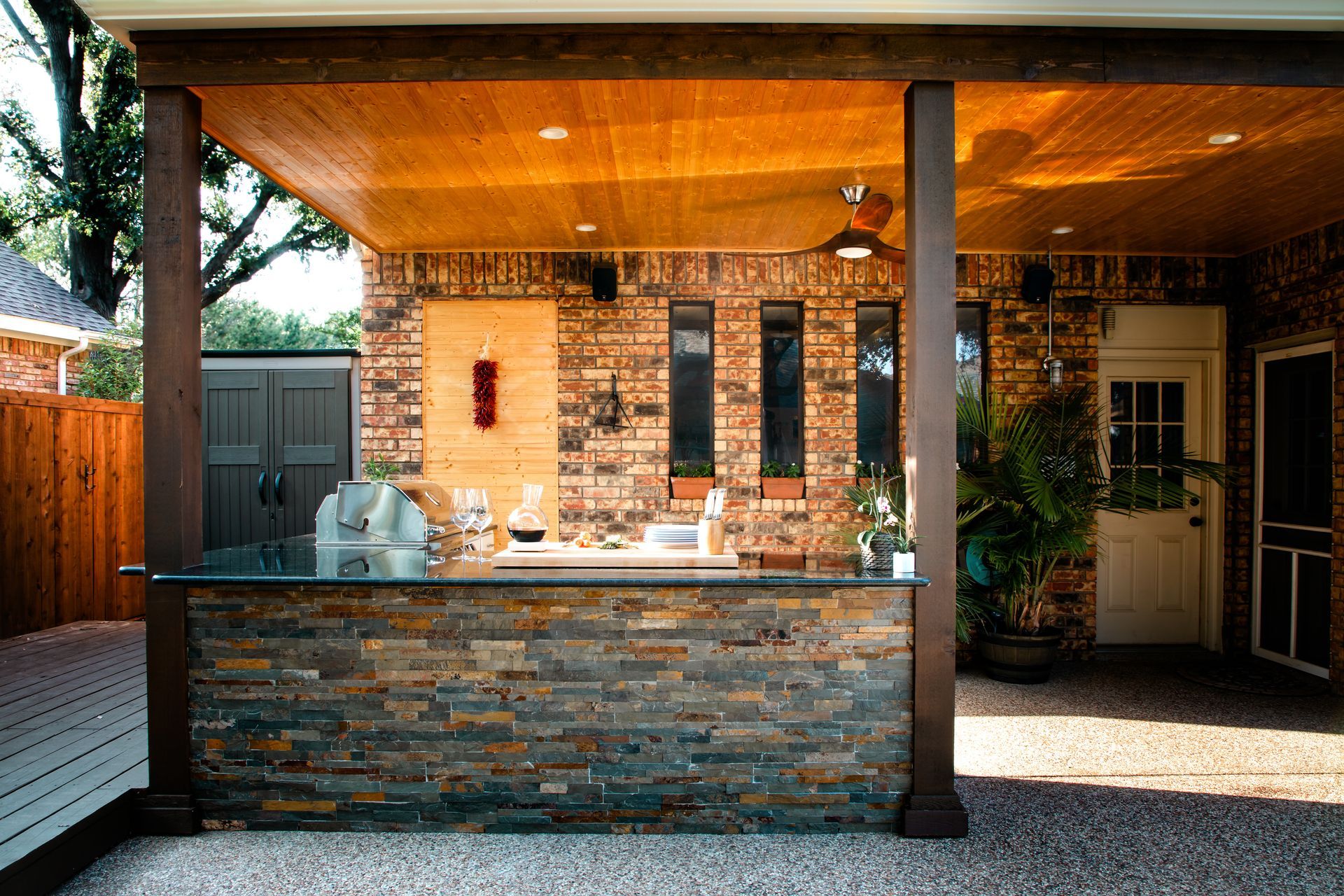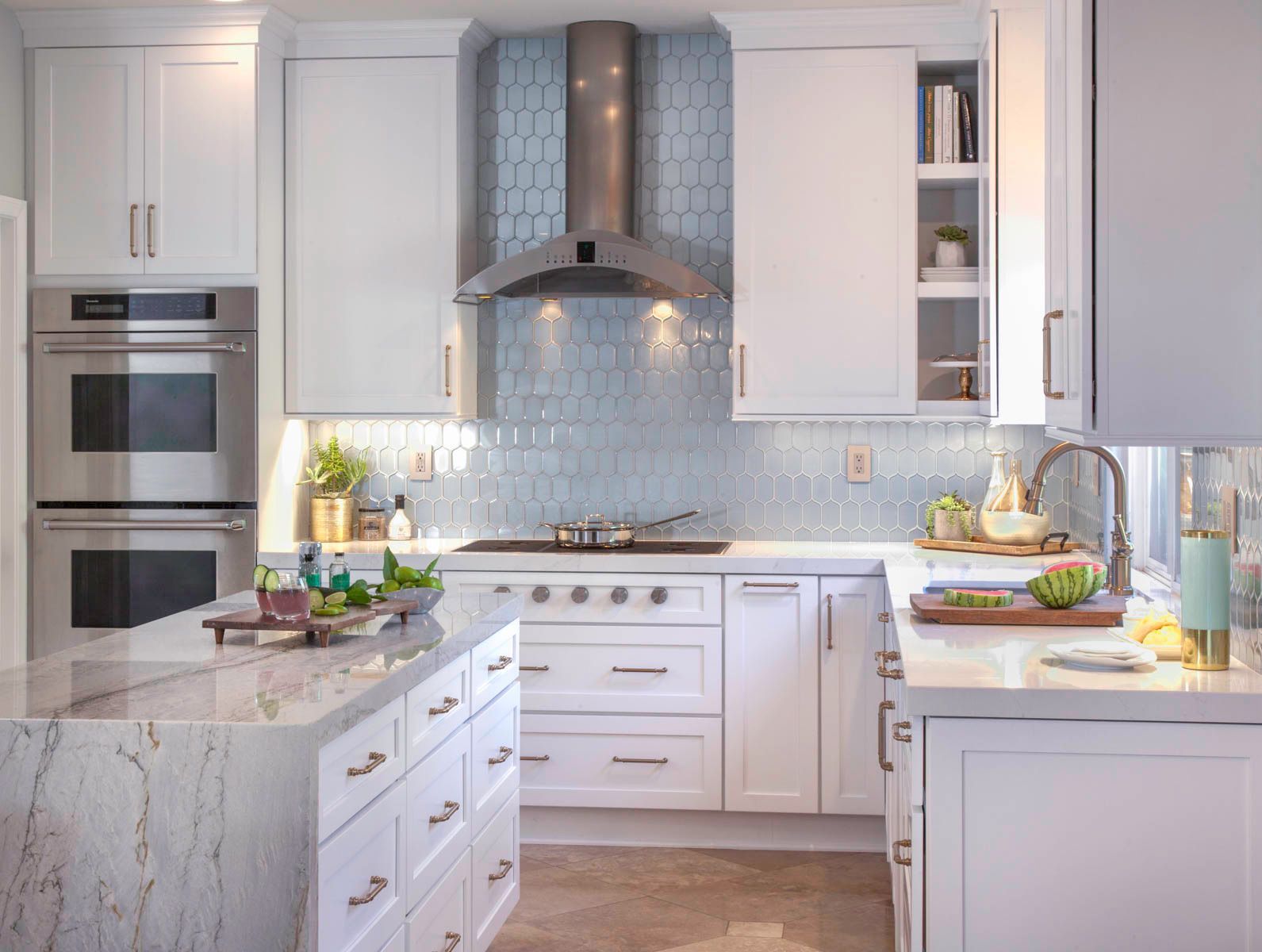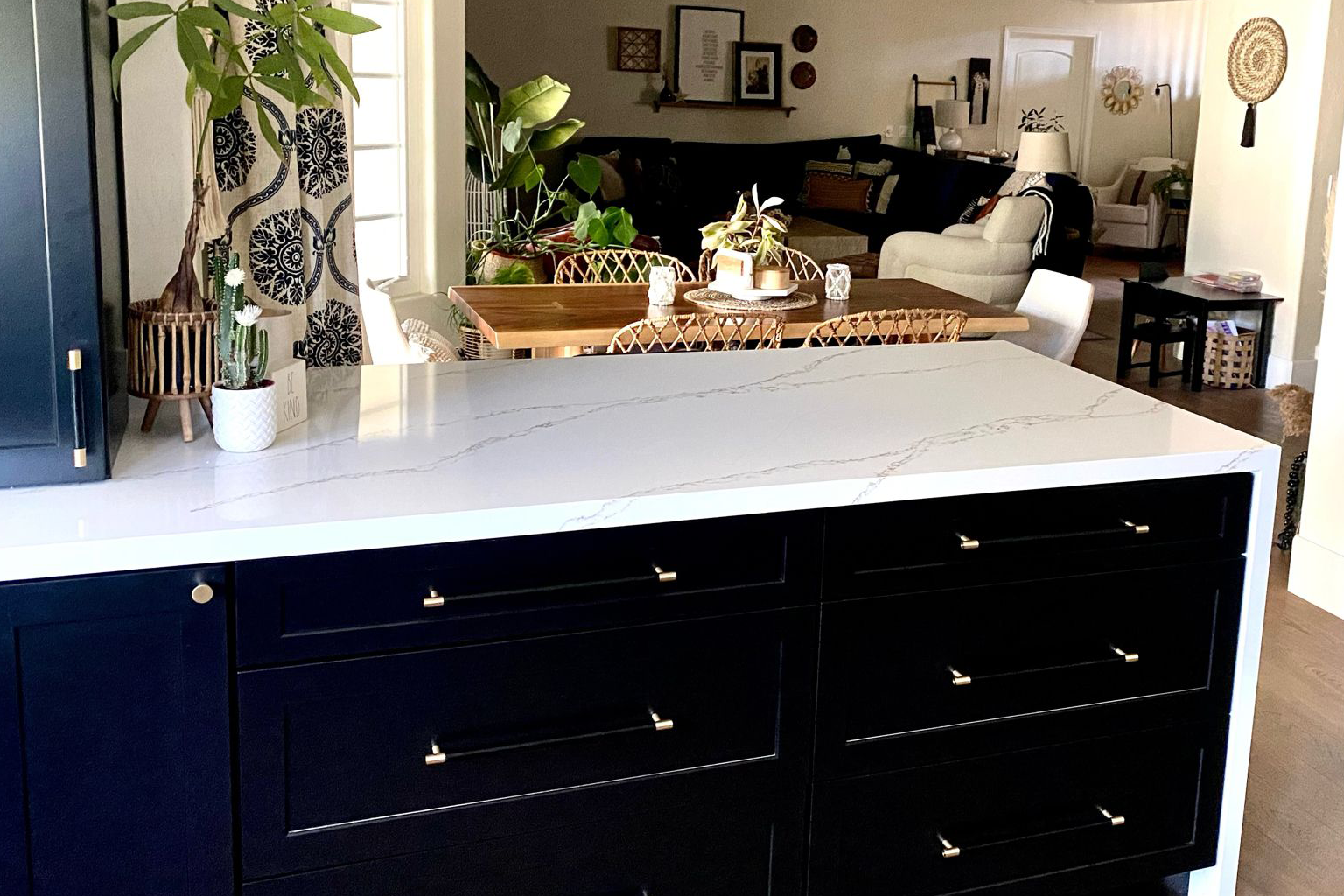Maintaining Your Stone Surfaces: Best Practices for Longevity
Stone surfaces bring natural beauty and sophistication to any space, but their longevity depends greatly on how they are cared for. Whether you’ve chosen granite for your kitchen countertops, marble for your bathroom vanity, or slate for your patio, understanding how to maintain these materials is essential.
Understanding Your Stone
Before diving into maintenance, it's crucial to know your type of stone, as different materials require different care methods. Classify your stone as siliceous (granite, sandstone, slate, quartzite), which is durable and acid-resistant, or calcareous (marble, limestone, onyx, travertine), which is softer and reacts to acids.
Daily Maintenance
1. Regular Cleaning
- For All Stones: Use a soft cloth or a sponge with warm water and a mild, pH-neutral detergent. Avoid harsh chemicals, abrasive cleaners, or acidic solutions (like vinegar), especially on calcareous stones.
- For Siliceous Stones: You can occasionally use a mild bleach solution for deep cleaning but rinse thoroughly afterwards.
- After Cleaning: Always dry the surface with a soft cloth to prevent water spots and streaks.
2. Spill Management
- Immediate Action: Blot spills promptly instead of wiping them to avoid spreading the spill. This is particularly important for substances like oil, wine, coffee, and citrus juices that can stain or etch the surface.
- For Oily Stains: Use a poultice of baking soda and water to draw out the oil before it sets into the stone.
Preventive Measures
1. Sealing
- Test First: Conduct a water test to see if your stone needs sealing. Drop a few beads of water on the surface; if it beads up, the seal is good; if it soaks in, it’s time to reseal.
- Application: Apply a penetrating sealer recommended for your specific type of stone. Depending on usage and stone porosity, this should be done every one to two years.
2. Use Trivets and Cutting Boards
- Use trivets for hot dishes and cutting boards for chopping and slicing to protect your stone surfaces from heat and scratches.
3. Furniture Protection
- Use felt pads under furniture legs to prevent scratches when moving chairs or tables for stone flooring.
Periodic Maintenance
1. Deep Cleaning
- Schedule a professional deep cleaning every few years to restore the stone's original luster, especially for high-traffic areas or outdoor stones.
2. Scratch and Damage Repair
- For minor scratches, polishing compounds may help, but professionals should repair deeper scratches and chips.
3. Annual Inspection
- Conduct an annual inspection of your stone surfaces to check for signs of wear or damage. Look for loose tiles, cracks, and joint integrity.
Special Considerations for Outdoor Stone
Outdoor stones are exposed to more harsh conditions and require additional care:
- Regular Sweeping: Keep the surface free of debris to prevent scratching.
- Weather Protection: If possible, cover stone surfaces during extreme weather or treat them with a weather-resistant sealant to protect against freeze-thaw cycles and sun damage.
Conclusion
Maintaining stone surfaces does not have to be a daunting task. With the right knowledge and a bit of routine care, your stone can remain beautiful and durable for decades. Regular cleaning, proper sealing, and using protective measures can all contribute to the longevity of your stone surfaces. Remember, the better you care for your stone, the longer it will maintain its natural beauty and functionality in your home.




LOCATION
Showroom and Indoor Slab Yard
921 Poinsettia Ave Suite 7
Vista, CA 92081
Entrance (Grand Ave)
SHOWROOM HOURS
Monday – Friday: 8:30am to 5:30pm
Saturday: 10am to 3pm
REMNANT YARD
Monday – Friday: 11am - 3pm
by Appointments Only
© 2024 All Rights Reserved | Blackstone Granite & Marble Inc. | Website Design by GoBeRewarded






